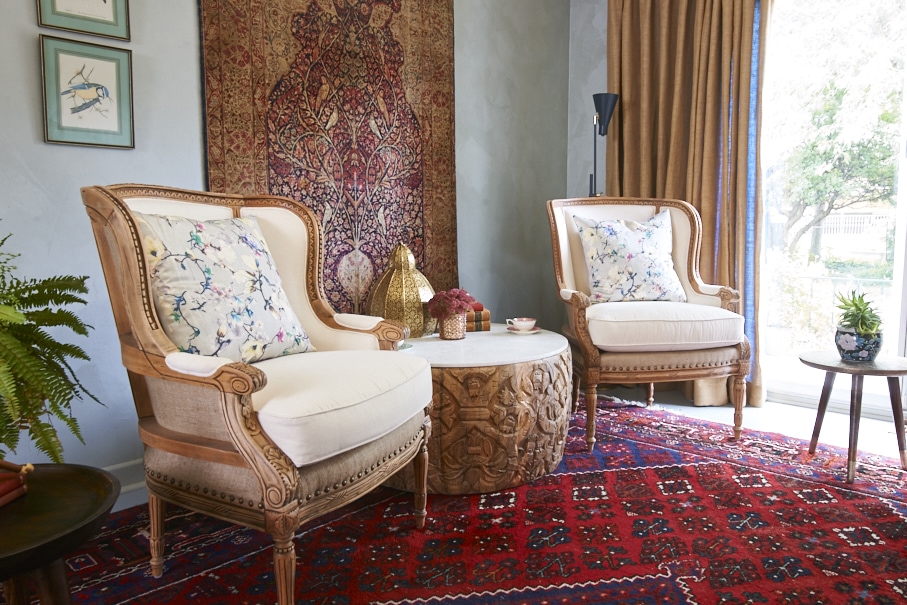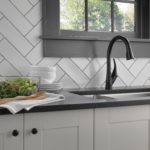Having a sustainable, eco-aware home or a handsome and comfortable space isn’t an either/or option. It’s not that hard to have both, especially if you start with the overarching aim to reduce wastage in energy, consumer goods, food, and water.
Home tech has its detractors— justifiably so around privacy and information-gathering—but it’s also a fact that it makes home systems more eco-efficient.
Investing in a smart home now will also have good ROI-industry watchers only expect the home to get more wired, with a special focus on wellness and waste reduction.
Centralized, scheduled systems for heating, cooling, and ventilation will pay off in lower energy bills and a healthier home. Motion-activated fixtures, from lighting switches to faucets, can reduce the number of surfaces we touch—and consequently limit the spread of bacteria and viruses.
Here are a few suggestions for getting started:
Water
Start by considering a toilet with a bidet function. Not only will it reduce the use of toilet paper it makes personal hygiene easier, especially for those aging in place or living with mobility challenges. It’s just one of several smart water and wellness features emerging in the toilet category.
As an avid home cook, frequent hand-washer, I’ve always been of the opinion that the touchless faucet is a wonderful example of great form meeting excellent function. I predict that designs like the automatic flushers from Faucets Canada will become standard fixtures post-Covid.
Energy
No wonder sales of solar panels are on the rise. Also known as photovoltaics (PV), they make so much sense. Made from photovoltaic cells grouped together in modules, they capture the sun’s energy and convert it into electricity that can be used in the home. Whether it’s a renovation or new build, this is a smart time to install solar panels; solar energy is a renewable resource that will pay off in reduced energy use and lower bills.
Waste – why do we make so much?
In the U.S, each person produces around 5lb of waste per day. That part of that refuse is food scraps is a shame because it’s so easy to dispose of these in an eco-friendly way. Consider composting them for a backyard, balcony, or indoor garden, even if it’s just for microgreens and herbs. One fuss-free way to do that is to invest in one of the new counter-top food recyclers.
To reduce some of the wastage that happens through long-haul food transport, investigate whether there’s a local farm food delivery program in your area.

In the home, buy furniture and décor that you will use and enjoy for decades, as opposed to “fast fashion” options. Try to follow the four “Rs” of sustainable design—refurbish, refinish, repaint, reconfigure. When you do buy, look for local artisans and makers, and independent artists who you love and want to support. The look will be rich, layered, and modern.
Recycling is great because it sends less junk to landfills, where it can disrupt ecosystems. So do make use of whatever recycling programs your area has—and follow the rules. But before an item gets to bin, think about whether you really need it, and the packaging that comes with it. Being thoughtful about purchases of everything is a good rule of thumb for any home that hopes to be both handsome and sustainable. Once you get the knack, it’s not just easy and fun-it feels good.
Featured pic is Cocoon House.
This is a collaborative post. It was not reviewed prior to publication.




